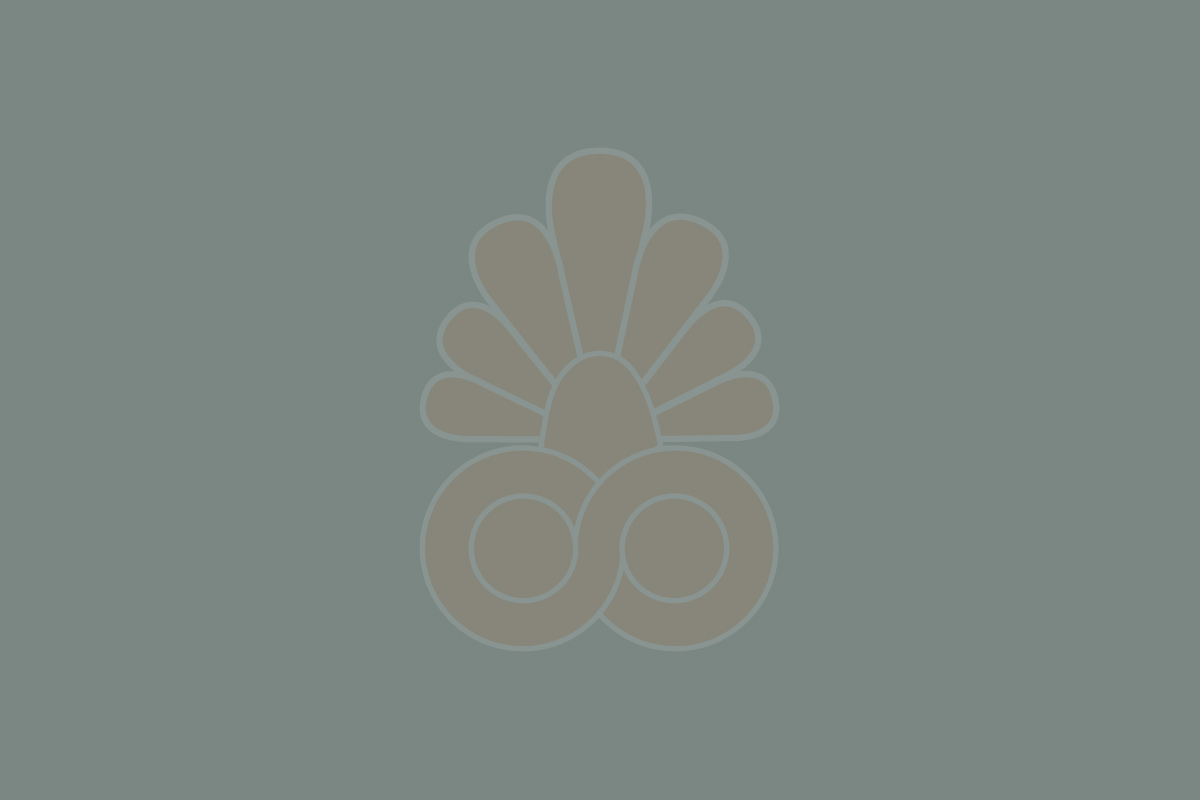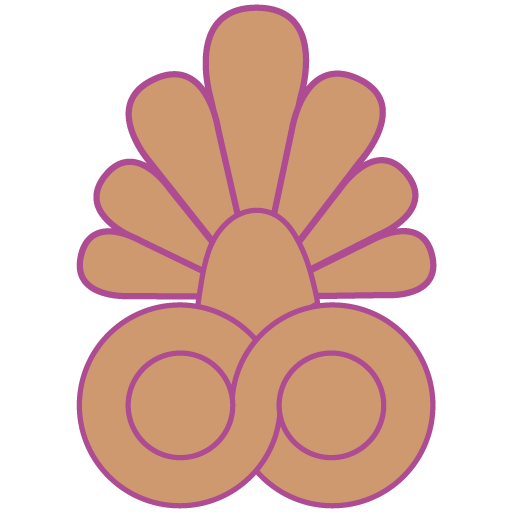
The ancients believed that the duration of human existence and the destinies of mortals were regulated by three sister-goddesses, called Clotho, Lachesis, and Atropos, who were the daughters of Zeus and Themis.
The power which they wielded over the fate of man was significantly indicated under the figure of a thread, which they spun out for the life of each human being from his birth to the grave. This occupation they divided between them. Clotho wound the flax round the distaff, ready for her sister Lachesis, who span out the thread of life, which Atropos, with her scissors, relentlessly snapt asunder, when the career of an individual was about to terminate.
Homer speaks of one Moira only, the daughter of Night, who represents the moral force by which the universe is governed, and to whom both mortals and immortals were forced to submit, Zeus himself being powerless to avert her decrees; but in later times this conception of one inexorable, all-conquering fate became amplified by the poets into that above described, and the Moiræ are henceforth the special presiding deities over the life and death of mortals.
The Moiræ are represented by the poets as stern, inexorable female divinities, aged, hideous, and also lame, which is evidently meant to indicate the slow and halting march of destiny, which they controlled. Painters and sculptors, on the other hand, depicted them as beautiful maidens of a grave but kindly aspect.
There is a charming representation of Lachesis, which depicts her in all the grace of youth and beauty. She is sitting spinning, and at her feet lie two masks, one comic, the other tragic, as though to convey the idea, that, to a divinity of fate, the brightest and saddest scenes of earthly existence are alike indifferent, and that she quietly and steadily pursues her occupation, regardless of human weal or woe.
When represented at the feet of Aïdes in the lower world they are clad in dark robes; but when they appear in Olympus they wear bright garments, bespangled with stars, and are seated on radiant thrones, with crowns on their heads. It was considered the function of the Moiræ to indicate to the Furies the precise torture which the wicked should undergo for their crimes.
They were regarded as prophetic divinities, and had sanctuaries in many parts of Greece. The Moiræ are mentioned as assisting the Charites to conduct Persephone to the upper world at her periodical reunion with her mother Demeter. They also appear in company with Eileithyia, goddess of birth.
From: Berens, E.M. The Myths and Legends of Ancient Greece and Rome. New York: Maynard, Merril, & Co., 1880. Text in the public domain.

